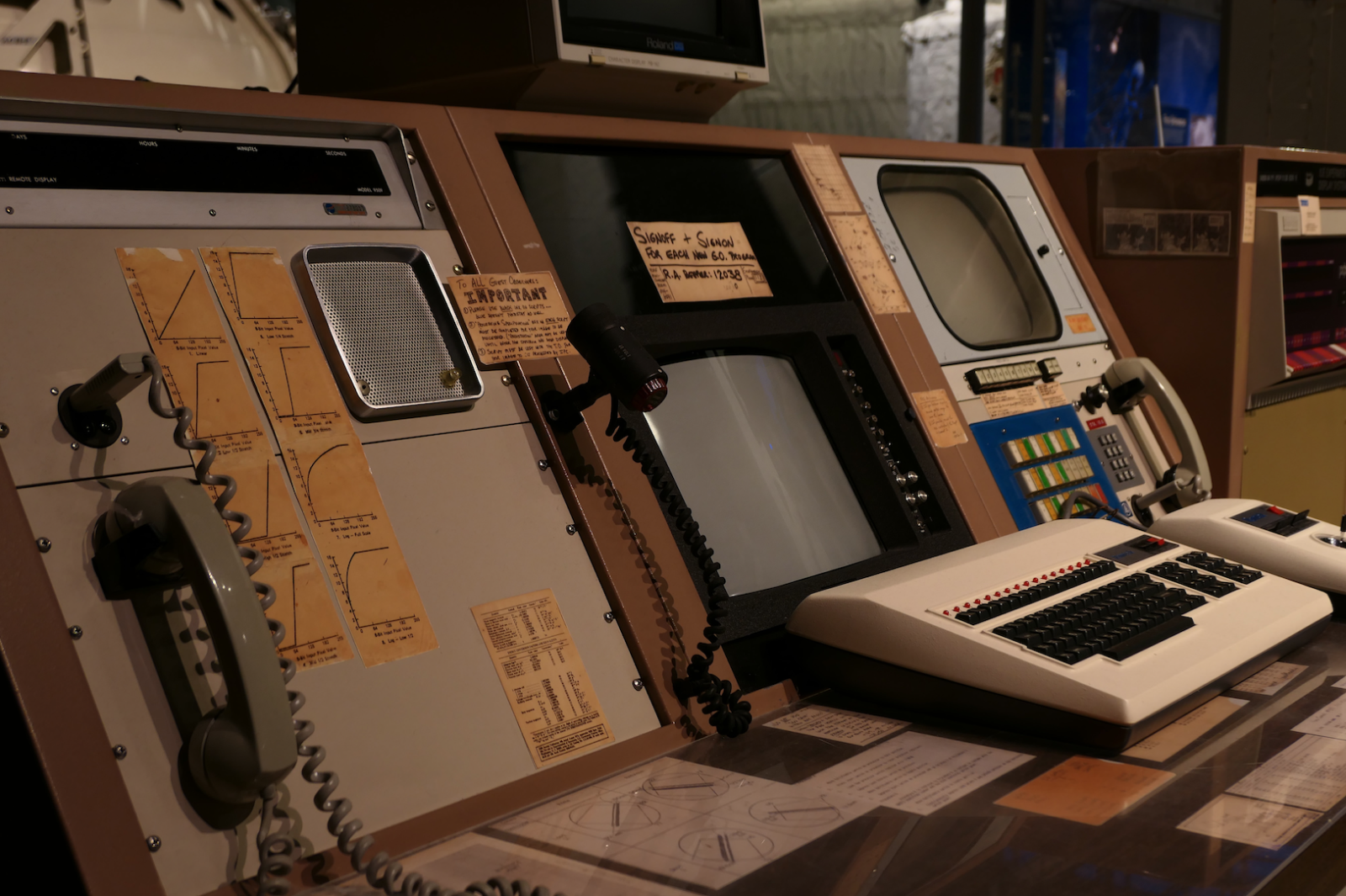It wasn’t that long ago in technology that terms like, “gigabyte, thumb drive, iPhone and laptop”, had no meaning to the vast majority of humanity. Although the Internet in its infancy began around 1969, back then it was called ARPAnet. There were only 4 computers on it. One at UCLA, one at Stanford, one at the University of California in Santa Barbara and lastly one at the University of Utah. A far stretch from the millions connected across the globe today.
Back then a single computer would take up an area the size of a decent size printer, could cost tens of thousands of dollars and have only 1000 bytes of memory. You couldn’t just turn it on and use it. You had to manually toggle small switches in a particular sequence to get it ready for use. No word processing, no web browsing and no email.
Today your phone probably has the ability to store 32 million more pieces of data and your desktop 3.2 billion more than the early computers of the 70’s.
Technology has made incredible advances in other areas of our lives. Years ago, I went to visit a girlfriend. She had a 24” TV mounted on the wall in her bedroom. In order to bring her into the 20thcentury I calmly complained about the quality of the reception, which she quickly dismissed. She had never seen HD. Shortly thereafter on a visit to my house and viewing my 52” HD set she quickly understood where I was coming from. She never could watch her old TV again after that.
Look what’s happened to cars. In my younger days I could open the hood and set the timing, change the spark plugs, replace the radiator. I could even adjust headlights so that they pointed correctly. Today’s vehicles require specialized tools and information in order to perform some of the most rudimentary tasks. I had to change a headlight recently. As a kid I’d get the screwdriver and be done in 2 minutes. Now you have to read a manual. After removing parts of the tire bay and weaving my hand and arm thru a maze of conduits and wiring I was finally able to get it done. I won’t do it again. There’s so much technology built in that you can’t do anything yourself anymore. GPS, self-braking, satellite radio, self-driving.
If you could transport someone from the 1960’s to today they wouldn’t recognize what homes have become. Most today don’t have land line phones. Today’s homes have TV’s in most rooms, a refrigerator that knows what’s in it, doorbells with cameras, automatic lighting.
Yesterdays office was much simpler. You had a typewriter. Possibly a fax machine. In a large office you might see a mimeograph. (I loved how the paper smelled that came out of it)
By comparison, today every employee has a computer, some with multiple screens. A central copy machine and printers scattered throughout. The fax is still around but now we added email. We use Zoom, Bluejeans, Teams and others to communicate via video. We use DocuSign so that you don’t have to leave your chair in order to sign legal documents.
Today’s computers are portable and you can login via a password, fingerprint or facial recognition.
On the flip side thieves and criminals hack into them to steal you credit card information. In the 60’s most didn’t even use a credit card. They look for your social security information and bank details so they can pretend to be you.
Technology has changed most everything, but the changes have come at a cost. We have to be more diligent wherever it’s deployed. Viruses, malware, ransomware, email spoofing, phone calls from fraudulent tech specialists who prompt you to give them control of your computer in the guise of helping you. It’s difficult for businesses because in the attempted prevention there is a cost that goes against the bottom line.
Too little and your business could be hit with tremendous losses, well beyond what would have been spent in prevention. How do you determine a reasonable amount to protect your assets? Given that the weakest link are people themselves how much do you invest in training? Each business has no choice but to evaluate and act in some manner. Doing nothing, not reviewing what’s changed from last year to this puts them behind the eight ball and in a position where remediation will become very costly. They must take a balanced approach and add or remove as they need as their business changes.
Find a technical specialist that you feel comfortable with. Discuss and evaluate how your business and office works with them. Make sure you understand not only what is being recommended but WHY. Then do it again on a yearly basis. As noted above, technology changes.
**

Tom owns and runs Parsec Systems Inc., an IT support and consulting company that’s been providing service in the Boston area since 2003. He can be reached at tom@parsecsystems.netfor questions and comments.












